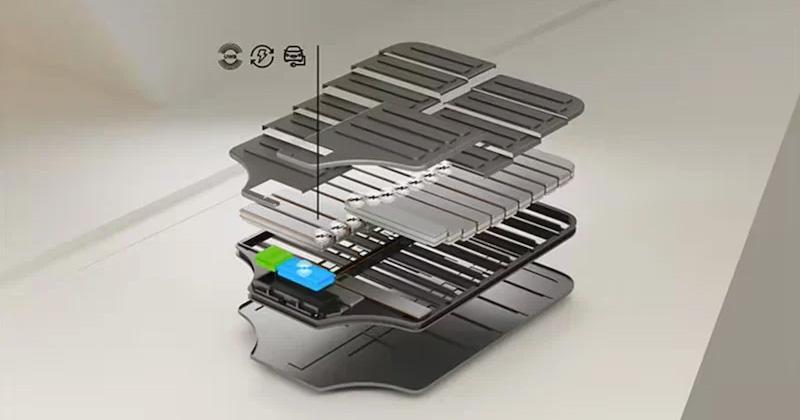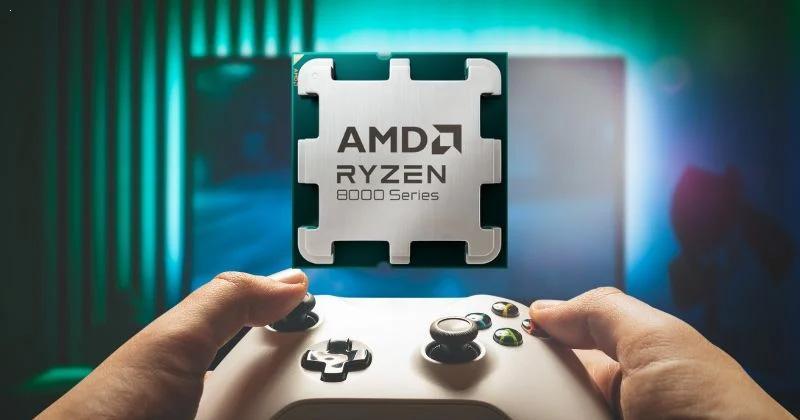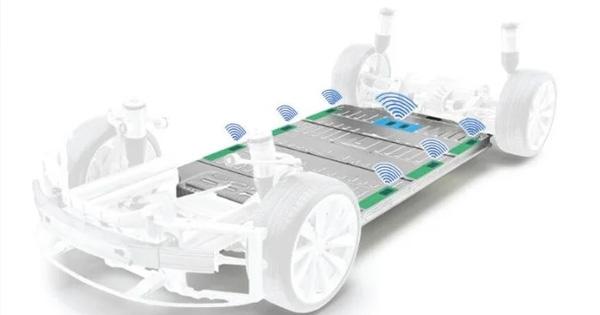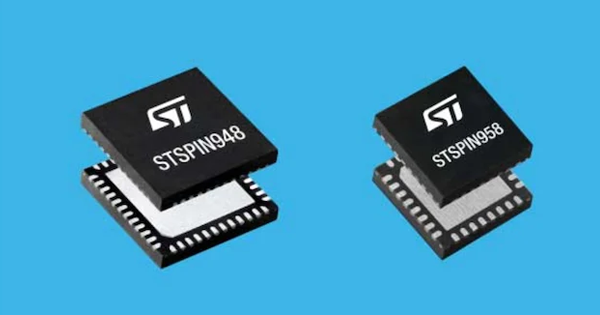
AMD Quietly Drops New Ryzen Processors Without Integrated Graphics
This week, AMD silently released two new Ryzen processors, the Ryzen 7 8700F and Ryzen 5 8400F. Both defy market trends by decreasing integration and omitting AMD's RDNA 3 on-chip graphics-processing engines.

The Ryzen 7 8700F and Ryzen 5 8400F are entry-level socket AM5 gaming chips without "iGPUs." Image (modified) used courtesy of AMD
Ryzen Fills the Mid-Range Market Gap
AMD strategically positioned the Ryzen 7 8700F and Ryzen 5 8400F to fill a gap in AMD's processor offerings. These chips cater to users who need robust CPU performance without the additional cost or power consumption associated with integrated graphics.
AMD’s new Ryzen 8000 F-Series processors. Image used courtesy of @momomo_us on X
The Ryzen 7 8700F features eight cores and 16 threads, operating at a base clock speed of 4.1 GHz and a boost clock of up to 5 GHz. Built on a TSMC 4-nm FinFET process, this processor offers a total L2 cache of 8 MB and 16 MB of L3 cache. Similarly, the Ryzen 5 8400F targets the mid-range market with six cores and 12 threads, a base clock of 4.2 GHz, and a boost clock of 4.7 GHz. Also built on a TSMC 4-nm FinFET process, this processor offers a total L2 and L3 cache of 6 MB and 16 MB, respectively. Both processors leverage a Zen-4 architecture.
One key consideration for any new processor is its thermal design power (TDP) and how it manages heat dissipation. The Ryzen 7 8700F and Ryzen 5 8400F have default TDP ratings of 65 W, making them suitable for a variety of cooling solutions, from air coolers to more sophisticated liquid cooling setups. AMD recommends pairing the new processors with AMD Wraith Stealth coolers, which are designed to efficiently dissipate heat from the CPU while operating quietly and fitting comfortably in compact system builds.
The Benefits of Omitting Graphics Cards
AMD intentionally excluded graphics processors from the new devices to cater to a specific market segment that prioritizes CPU performance over graphical capabilities. This focus results in better processing power and efficiency, which boosts the performance of computational tasks.
Integrated graphics add to a CPU's thermal and power requirements. By eliminating this component, AMD can design a more thermally efficient chip that consumes less power. This is particularly beneficial for users operating in thermally constrained environments or seeking to build compact systems with less robust cooling solutions.
Dedicated versus integrated GPUs. Image (cropped) used courtesy of CGDirector
By omitting integrated graphics, AMD can also more effectively target users who rely on discrete GPUs for their graphic-intensive tasks. This segment includes gamers, content creators, and professionals who demand high-performance graphics solutions separate from their CPU. For these users, the integrated graphics present in other CPUs are often redundant and add unnecessary cost and complexity to the chip design.
Finally, excluding integrated graphics results in lower manufacturing costs. The silicon area that would otherwise be dedicated to graphics can be used to enhance other aspects of the CPU or left out entirely, slashing the overall production costs. This cost-saving allows AMD to price these processors more competitively, making them attractive to budget-conscious consumers and system builders who prioritize performance per dollar.
Going Toe to Toe With Intel's Core i5 and i7
The Ryzen 7 8700F and Ryzen 5 8400F directly compete with Intel's Core i5 and i7 series, which have dominated the mid-range segment. AMD's competitive pricing strategy, coupled with the technical features of the Zen 4 architecture, could attract a significant portion of the market looking for high performance without the premium cost associated with higher-end models. AMD's approach with these processors may also influence how other manufacturers balance performance with cost and energy efficiency.




